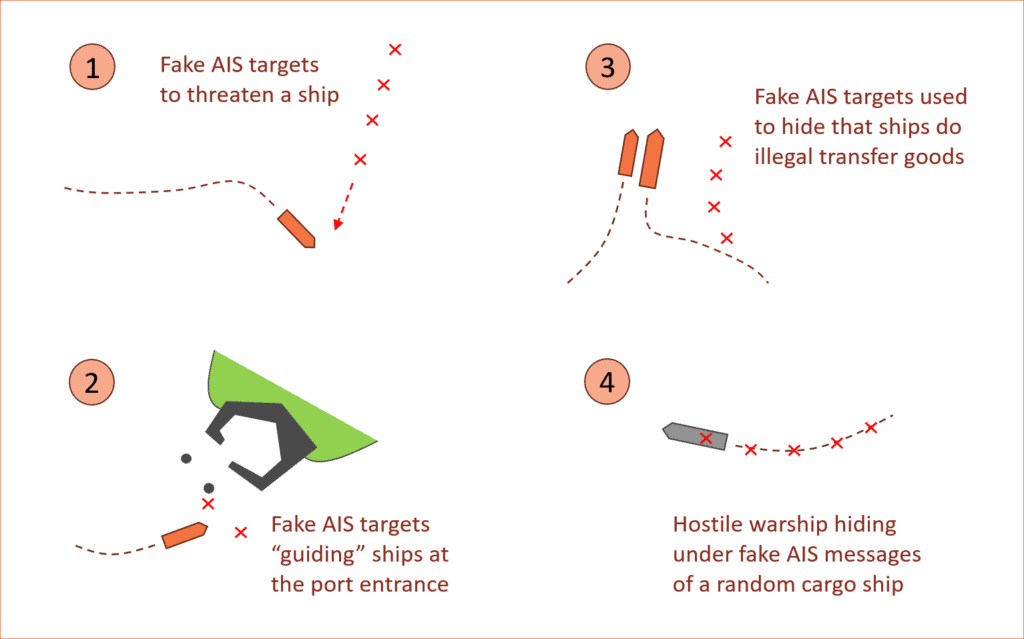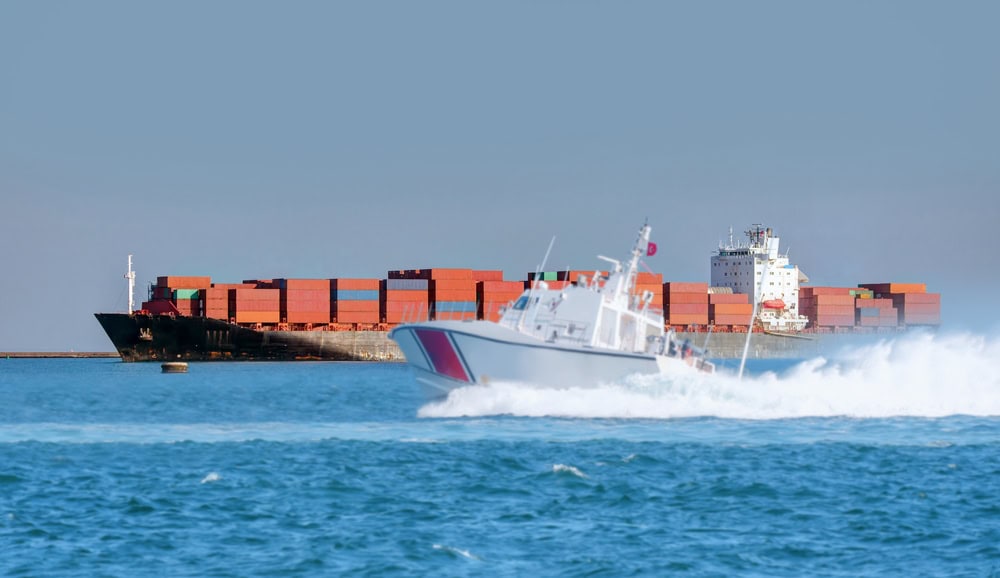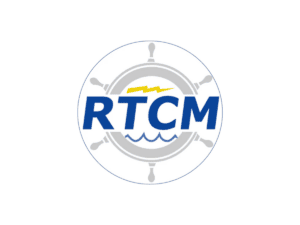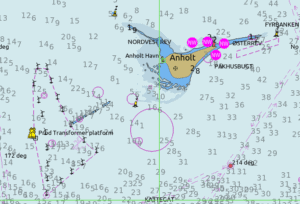The maritime industry relies heavily on technological systems like Automatic Identification System (AIS) and NAVTEX for safe navigation and communication. However, these systems, while fundamental, are not without their vulnerabilities.
Whether it’s monitoring ship movements in the English Channel or facilitating commercial logistics, AIS plays a pivotal role. However, despite its widespread use, AIS technology, developed over two decades ago, harbors significant security vulnerabilities.
One of the glaring issues with AIS is its lack of sender verification, allowing anonymous transmission of data. This flaw opens the door to various malicious activities, from spoofing vessel identities to disseminating false information. These vulnerabilities have already been exploited for illegal activities, posing a threat to maritime safety and security.

Similar to AIS, the NAVTEX system, used for transmitting maritime safety information, suffers from identity verification shortcomings. This vulnerability exposes marine traffic to false navigational warnings, undermining the integrity of safety protocols.
To address these security concerns, the maritime industry must embrace innovative solutions. The introduction of digital signatures through technologies like VDES (AIS 2.0) presents a promising avenue for sender authentication. Additionally, the Maritime Connectivity Platform (MCP) and its Maritime Messaging Service (MMS) offer a robust framework for implementing sender authentication and Private Key Infrastructure (PKI).
By providing AIS 2.0 satellite connectivity alongside coastal networks, Sternula extends coverage and enhances maritime security. National projects like the Nigerian AIS 2.0 initiative underscore the global significance of such advancements.
Read Sternula’s complete article here.










